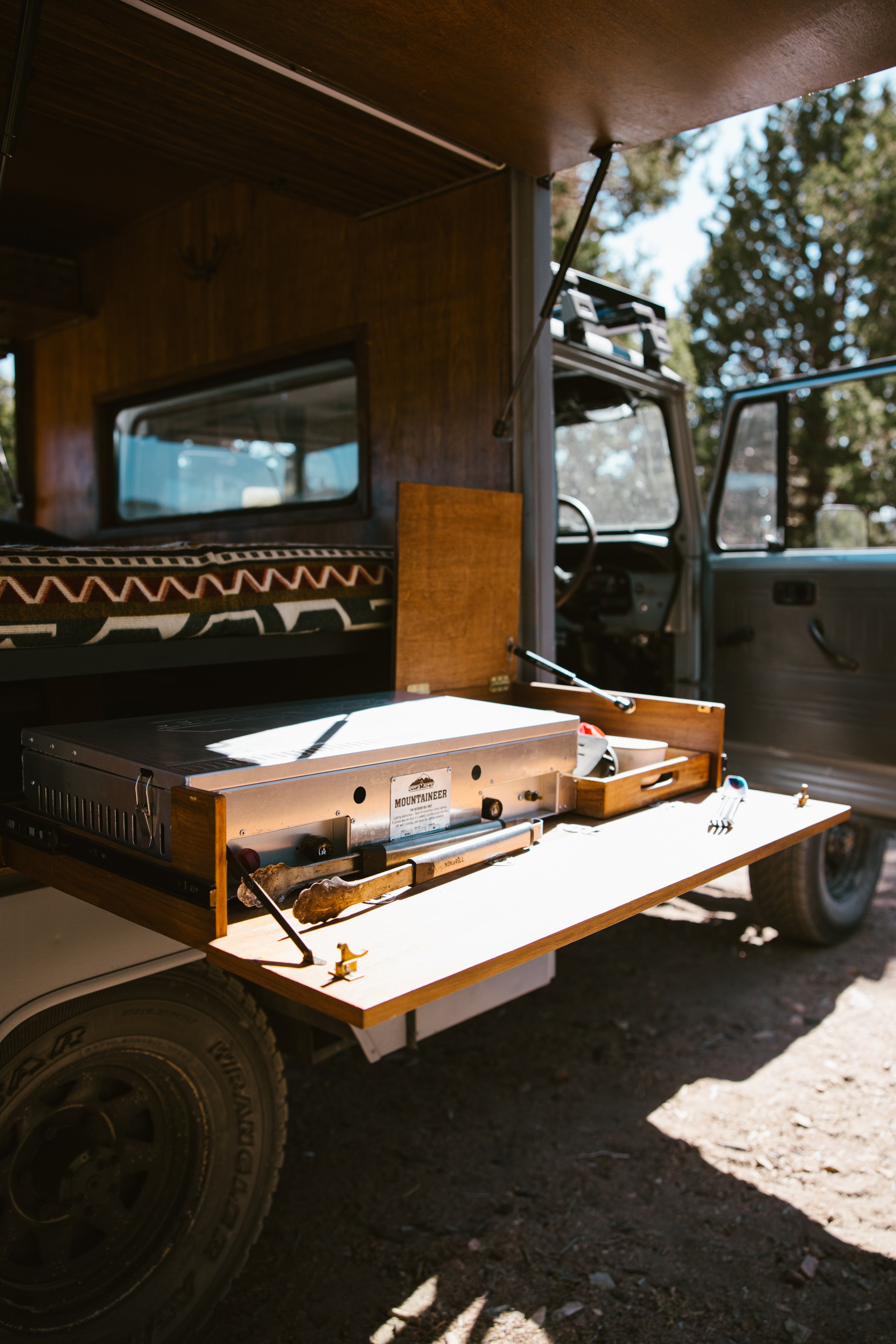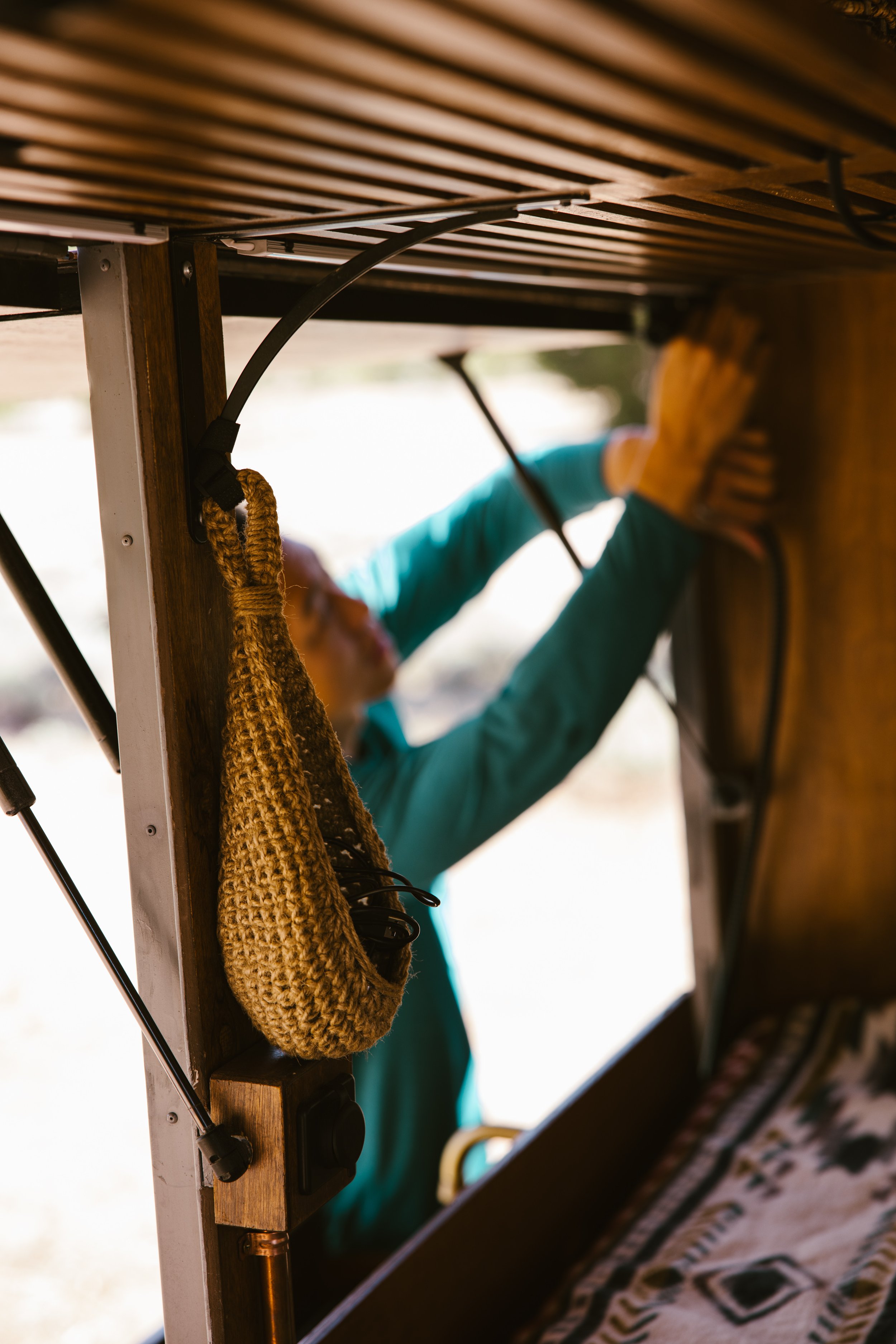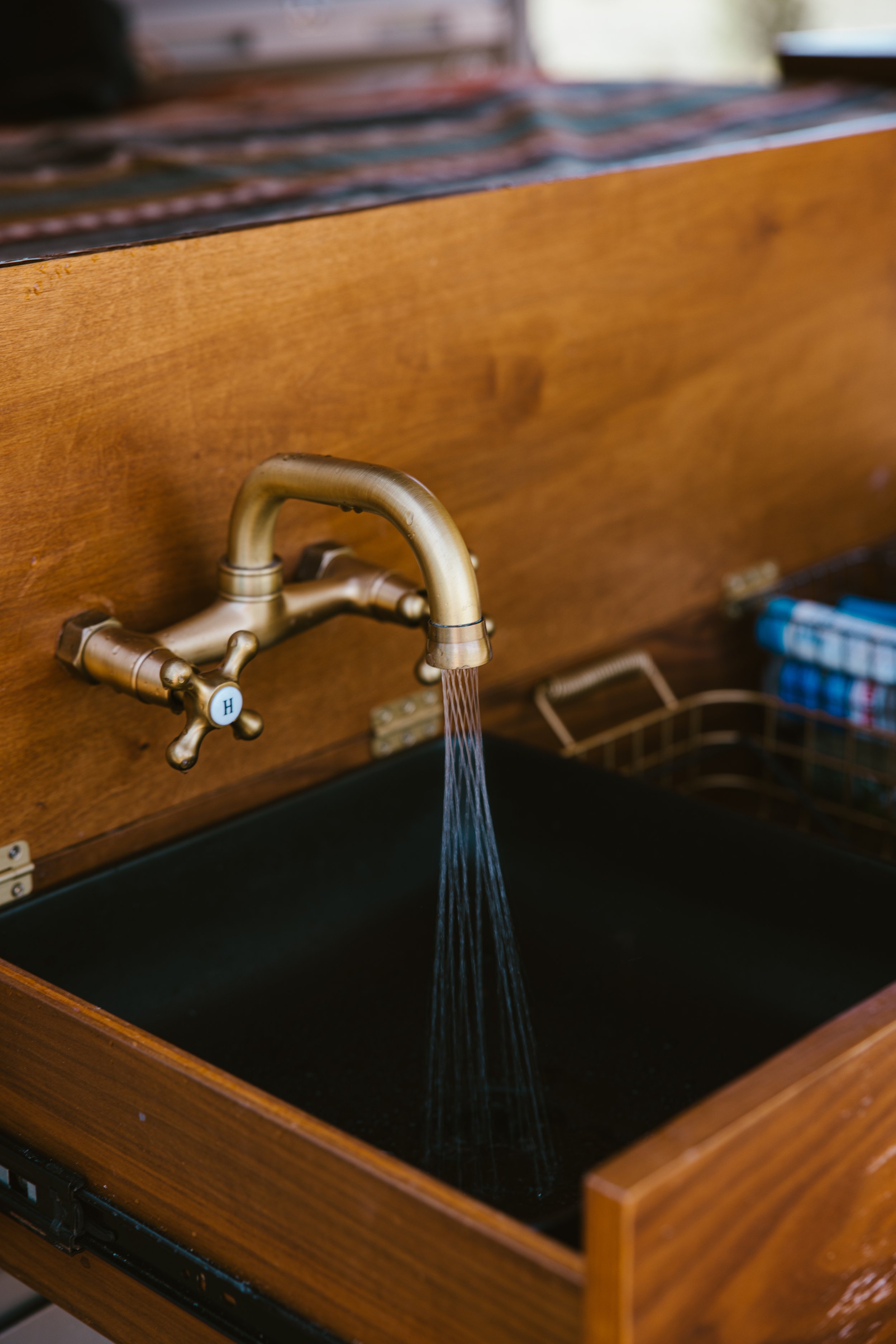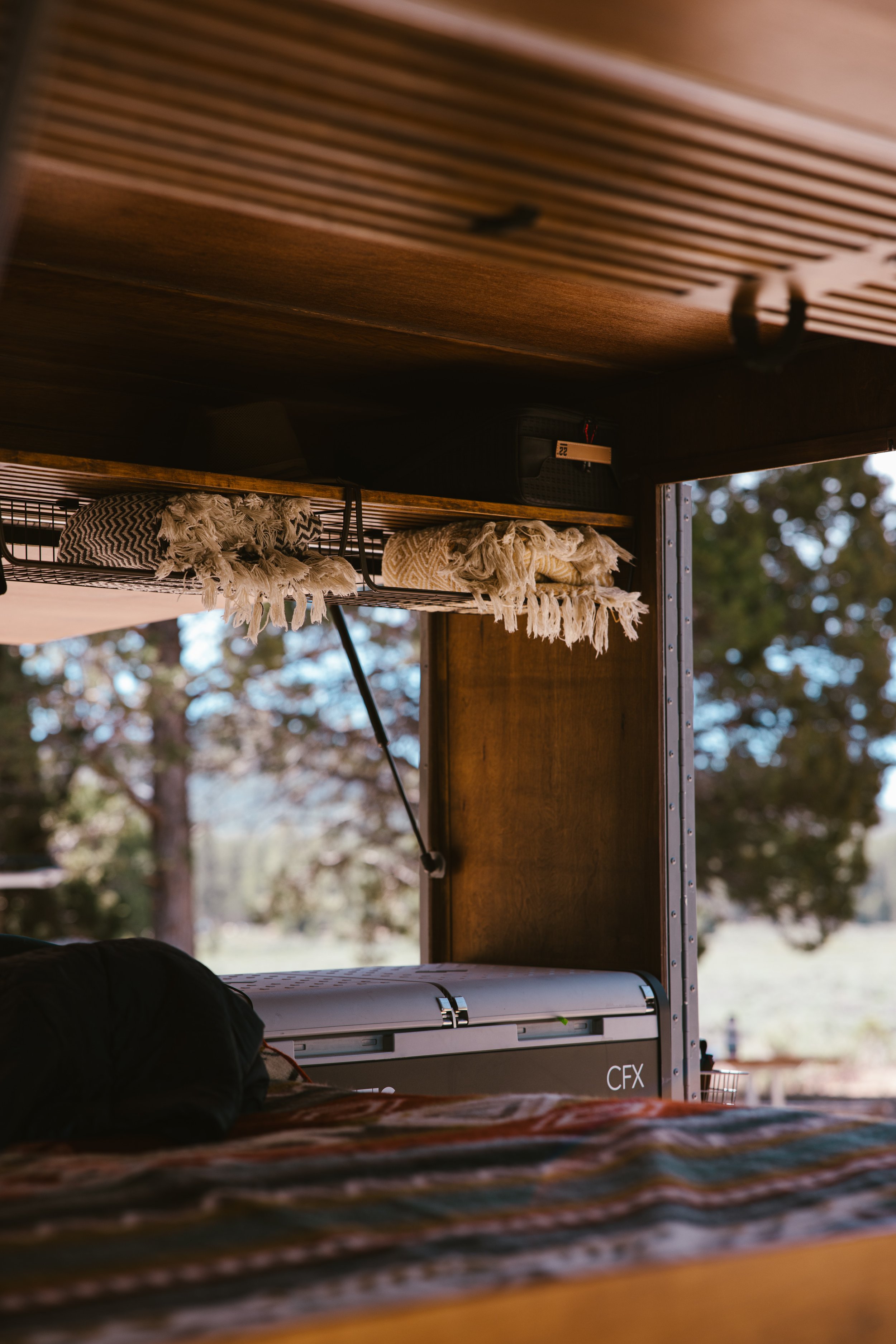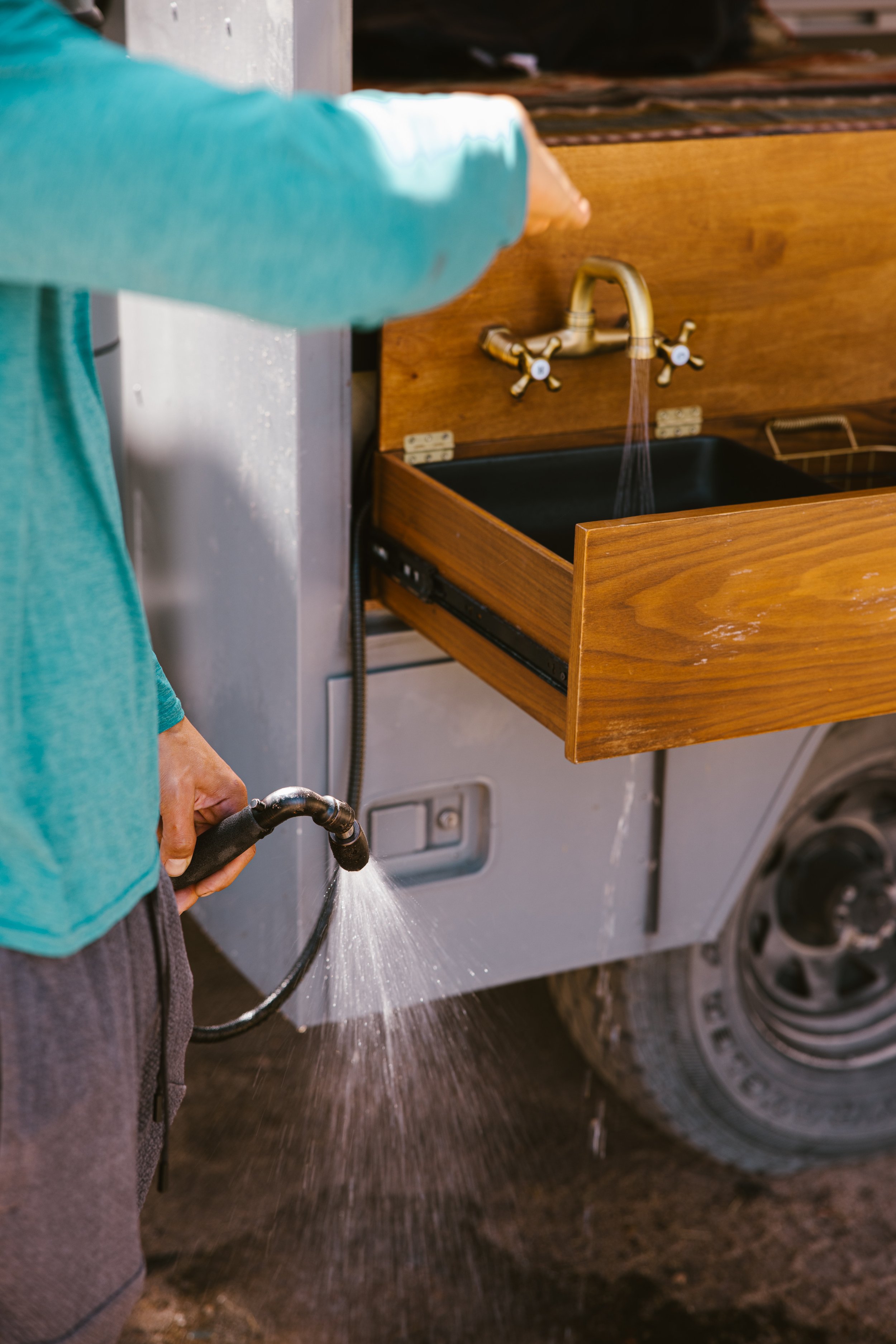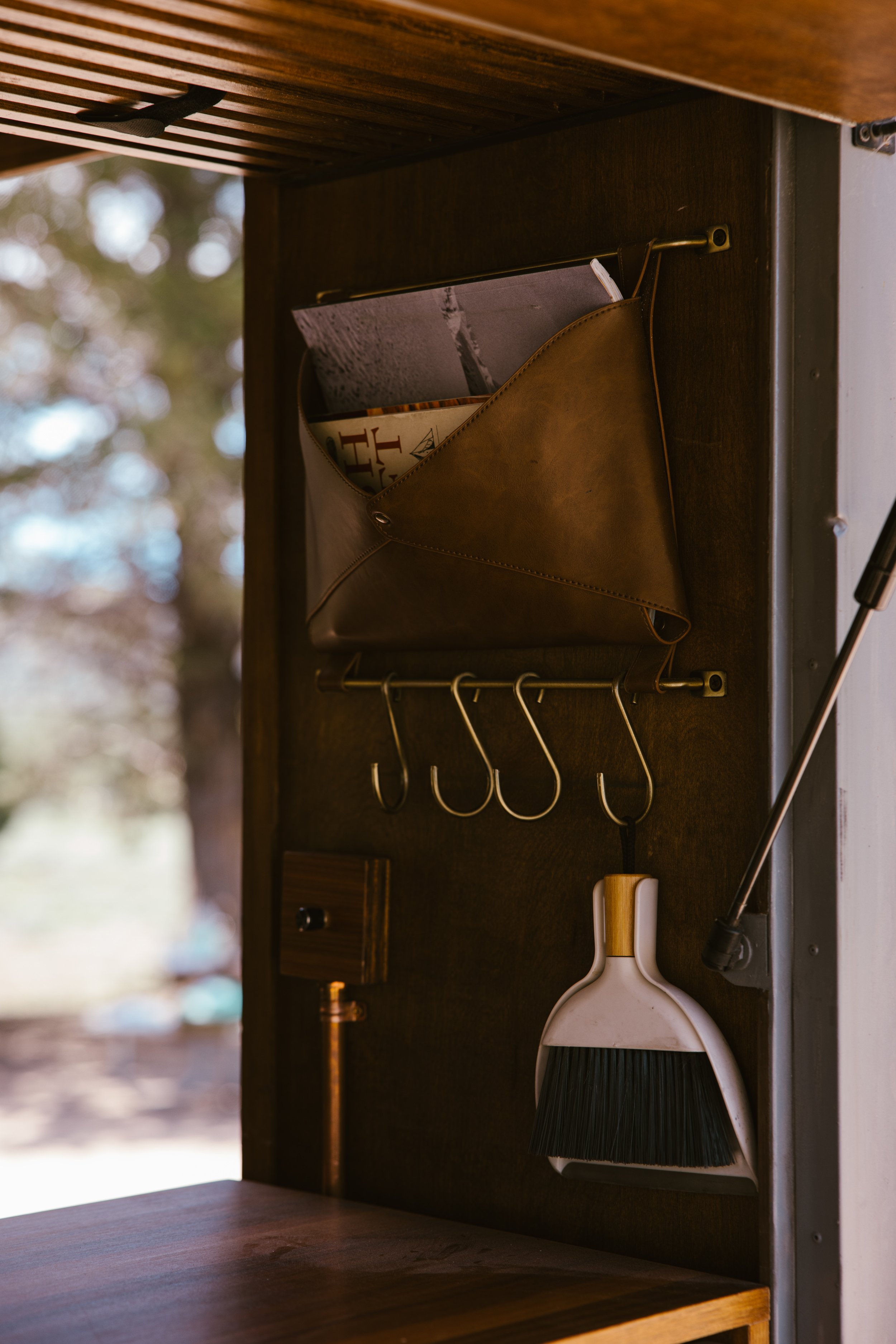A Converted 1981 Land Cruiser: GoPlay.Outside
If you have a passion for converting classic vehicles into one-of-a-kind homes on wheels, then you've come to the right place.
Over the past years, we’ve had the opportunity to partner with Go Play Outside, helping to power a 1981 Toyota Land Cruiser that has been meticulously converted into what we consider not only an off-grid home but also a piece of art.
The journey began in Costa Rica while on a business trip, when they saw a right-hand driven Land Cruiser for the first time and fell in love. In 2020, they stumbled upon a hidden gem while scouring Craigslist one fateful night — an imported 1981 Toyota Land Cruiser that had served as an emergency response rig in Australia—the perfect blank canvas for an overlander’s dream.
Instantly captivated by the idea of breathing new life into this classic beauty, they made a bold decision: to undertake the entire restoration themselves. No expensive paint quotes or outsourcing for them; they were determined to create something extraordinary with their own two hands.
Little did they know that this decision would lead them on an immensely fulfilling adventure. From honing automotive painting skills to mastering diesel maintenance and woodworking, every step of the process taught invaluable lessons.
With limited space in the truck, there were challenges to finding creative solutions to include the living amenities needed to stay comfortably off-grid for extended periods of time.
Countless rounds of Tetris were played, meticulously arranging every item until it found its perfect place. Simplicity and minimalism was the ultimate goal during the conversion process, ensuring that every element was not only functional but also aesthetically pleasing.
There is true magic in building something for yourself — a sense of accomplishment and pride that can't be replicated.
A Q&A with Mike from Go Play Outside
XPLOR solar modules have been powering this incomparable Land Cruiser since 2021. After two years, we reconnected with Mike to catch up with how the solar panels are stacking up, where they’ve been, and what plans are in store.
If you’ve ever considered restoring and converting a classic truck into an overlanding rig, Mike has some great tips, lessons learned, and stories that we are lucky enough to be able to share with you here.
Why did you opt to restore an older Land Cruiser instead of building out a newer vehicle?
Truly, it’s a personal preference and not one to take lightly. Initially, I was hooked on Sprinters with all of the social media posts out there of people going to epic places in these capable vehicles.
Sprinters are significantly more expensive than other rigs used for campervans on the market, so just getting the shell to start with was a big investment. Pre-built Sprinter campervans weren’t personal enough, and (again) personally, I really prefer the old-school look and feel of the Land Cruiser better.
The option to repurpose the Land Cruiser into something completely different was so appealing, and quirky layout requirements with the back door opening out sounded like a good challenge (and it was!).
I’m a mechanical engineer by trade, so I had the advantage of understanding how to build and fix and make things fit together. My experience with 3D modeling definitely helped with the ideation process. There was also a lot of learning on the fly!
What was the biggest challenge and reward of converting the Land Cruiser?
When we decided to move forward with the truck conversion, we were living in a small apartment and didn't have a garage. We were lucky to have family close(ish) to be able to work out of their garage, but it certainly wasn’t ideal. We had challenges with painting (fumes in a small space), and our family got plenty of complaints from the neighbors.
The reward, however, was worth the hardship. Watching the project grow and evolve into the truck we envisioned was priceless. And the people who came up to ask about the build, with an appreciation for the complexity and craftsmanship, made the complaints seem insignificant.
At the end of the build process, the fact that we had a one-of-a-kind off-grid capable camper truck that was sourced, designed, and built by our own hands was on the brink of unbelievable.
Is there anything you would change about your build or that you did change after realizing it wasn't ideal?
Originally I modeled the entire build in CAD to include a bed, interior cabinets, and even the option for a pop-top to provide some additional room. Unfortunately, with the limited space, it posed to be challenging to find room for a small sink and cooktop, which we really wanted to make off-grid living more feasible.
In the end, and after a few redesigns, it all worked out, with the sink and cooktop coming out from under the bed. I also switched out the shelving to a dresser after seeing how the shelves took away from the aesthetics of the interior design.
How does Cooper do with your travels?
Cooper is a champ. He’s an 8-year-old Shiba Inu and the perfect size for traveling in a truck camper. He’s been out exploring and hiking with us his entire life, so this is just another fun adventure for him. He loves going on rides and following along with whatever we’re doing!
Is it worth adding a solar power system to a camper truck?
Quality solar panels and batteries are so understated. Having the ability to generate power when you’re completely off-grid is an incredible benefit and allows you to stay off-grid for longer periods of time.
Keeping the aesthetics and original lines of the Land Cruiser was very important to me. I didn’t want large, ugly solar panels installed because it would ruin the look of the vehicle. Since XPLOR panels are flexible, they curve perfectly to the design of the Land Cruiser, and you can’t even tell there are solar panels installed on it!
What’s the most memorable place you’ve boondocked?
Our first true overlanding experience was at Grand-Staircase Escalante National Monument in Utah. It was a true test of self-sufficiency and the first time we stayed out boondocking in the Land Cruiser for any length of time.
This was also where we learned about the true camaraderie and support that is within the overlanding community. We were able to help another overlander who had broken down, and we are still good friends with him today!
We also had our first breakdown on a very rough road, completely off-grid, with no cell service. Our radiator sprung a leak, and we had a number of people stop to see if we needed help. It was so reassuring to learn that even in the backcountry off-grid, people are willing to help and understand the perils that can happen when you least expect it.
What are some ways that we can raise awareness of our impact on the planet to new overlanders or travelers?
Two things have really stood out to me throughout the truck conversion process and through overlanding and boondocking in various places over the past years.
Optimization is key when converting any type of rig to a livable space. There are so many ways that you can save on weight to improve gas mileage, maximize space, and promote simplicity and functionality. Some people have their entire house in a rig, but once you realize that you really don’t need that much to be comfortable, it makes things so much easier.
In recent years, there has been a huge boom of people going out to National Parks, climbing areas, hiking trails, etc. I’ve definitely seen the impact of this uptick, and sadly, most of the impact can be reduced just from people practicing leave no trace principles.
There isn’t enough funding or enough resources to maintain the upkeep of our public lands. There aren’t enough Forest Rangers to support this surge, and they shouldn't have to pack out people’s trash even if they had the resources.
As a community, we all need to chip in and help keep our public lands clean and not impact the land when we explore them. Clean up as you go, pack out all trash even if it’s not yours, stay on trails, and only park in areas that won’t destroy vegetation or rut up the soil. We strive to continually evolve our sustainability practices and actively participate in cleaning up the environment wherever we go.
You can join local and regional cleanup groups to help raise awareness and help clean our public lands. Some of my favorites are Facelift, an annual event supporting Yosemite National Park, Surfrider, helping to clean up our public beaches, Friends of Balboa Park, and the Alpine Club.
What’s your next big adventure??
We just got back from Big Bear, and we have a big trip planned this September in Colorado. Unfortunately, we don't have air conditioning in the cab or the living space of the truck, so our options are limited when the temperatures are high in the summer months.
I’m also excited to start my next big project: restoring and converting a 1988 60 series Land Cruiser SUV into a daily driver that will also double as a weekend overlanding rig. It’s a right hand-drive diesel Japanese SUV, so it’ll be another one-of-a-kind classic!
I’m planning on adding batteries and solar to power a fridge and other small items, and have a cargo area for gear. I’m still trying to decide if I’ll keep the second-row seating, make it into something that can be converted or removed, or just remove them permanently. We’ll see what makes sense as I start designing the build!
Where Will You Go Play Outside?
You can follow Go Play Outside on social media to learn about the knowledge and insights an experience like this could bring you.
Discovering the joy of transforming a vehicle into a cozy home on wheels capable of venturing off-grid into remote areas is priceless. Go Play Outside gives us all a good reminder that anyone can explore the world, leave a positive impact, and inspire others to embrace the transformative power of overlanding and outdoor living.

